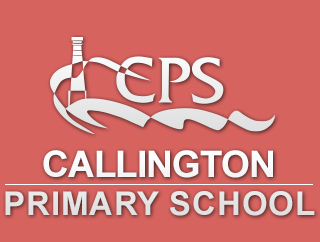Building on this knowledge and understanding, pupils are equipped to use information technology to create programs, systems and a range of content. Computing also ensures that pupils become digitally literate – able to use, and express themselves and develop their ideas through, information and communication technology – at a level suitable for the future workplace and as active participants in a digital world.
Teachers will help pupils with SEND to overcome any barriers to participating and learning and make any ‘reasonable adjustments’ needed to include pupils. To make lessons inclusive, teachers will anticipate what barriers to taking part and learning may pose for pupils with SEND. Some modifications or adjustments will be made or smaller steps to achieve the learning goal. Occasionally, pupils with SEND will have to work on different activities, or towards different learning intentions, from their peers.
Purple Mash
At Callington we use the computing scheme ‘Purple Mash’. Purple Mash enables us to teach computing effectively and well by providing a rich, broad and balanced computing curriculum fully mapped to the National Curriculum (2014) for Computing in Key Stage 1 and 2. It offers pupils a computing curriculum designed for mastery, using research-led computing pedagogies and covers all three strands of the computing curriculum:
· Computer Science
· Information Technology
· Digital Literacy (incl eSafety)
Computer Science teaches pupils about how digital systems work, how they are designed and programmed, and the fundamental principles of information and computation. Pupils are inspired to use these to analyse and evaluate digital errors and use their knowledge to problems solve.
Digital Literacy teaches pupils to find, organise, evaluate and create information using digital technology. Digital Literacy is the ability to use computer systems confidently and effectively, including:
• Basic keyboard and mouse skills.
• Simple use of ‘office applications’ such as word processing, presentations and spreadsheets.
• Use of the Internet, including browsing, searching and creating content for the Web, communication and collaboration via e-mail, social networks, collaborative workspace and discussion forums.
• Storing, organizing and creating digital content.
Information Technology deals with the creative and productive use and application of computer systems, especially in organisations, including considerations of e-safety, privacy, ethics, and intellectual property.


